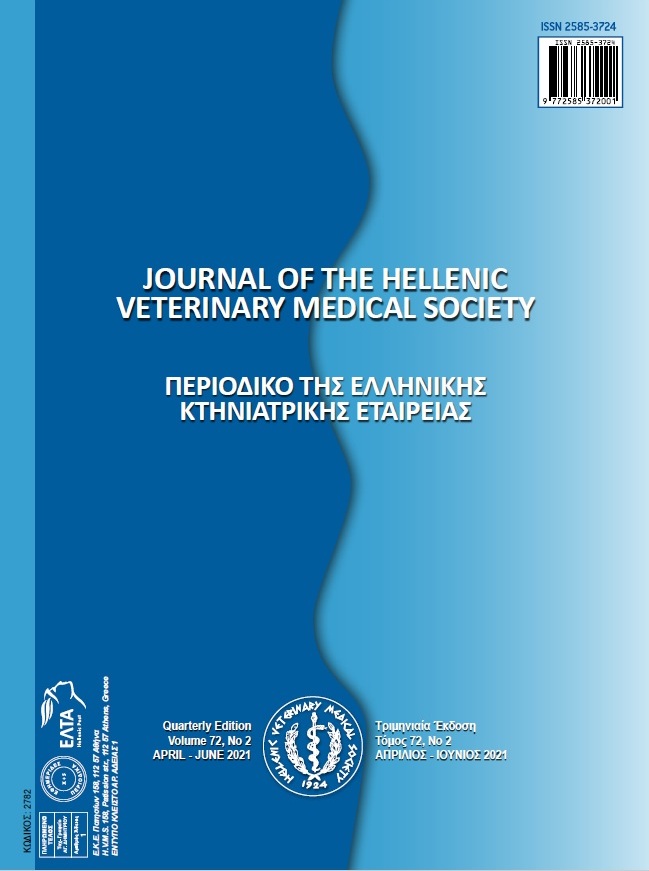Microbiological evaluation of some Egyptian fermented dairy products

Abstract
This study was carried out to evaluate the microbiological quality of plain and fruit yoghurt and rayeb. Sixty samples of yoghurt (30 plain &30 fruit) and 60 samples of rayeb (30 plain &30 fruit) were randomly collected from different supermarkets in Kafr El-Sheikh city. The obtained results revealed that the pH values of plain and fruit yoghurt were significantly higher than those of plain and fruit rayeb. Staphylococcus aureus counts were 4.33×102 ± 0.42×102 and 4.0×102 ±0.57×102cfu/g, in fruit yoghurt and plain rayeb, respectively. Only two samples of plain yoghurt and fruit rayeb contained S.aureus with counts of 9.0x 102±1.0×102 and 1.1×103± 0.1×103cfu/g, respectively. Coliforms were only detected in plain and fruit yoghurt with counts of 8.82×104 ± 0.81×104 and 5.4×10 ± 1.04×10 cfu/g, respectively. E.coli was isolated from plain and fruit yoghurt with incidence rates of 73.3 and 6.7%, respectively. All E.coli isolates from plain yoghurt were serologically identified as, O91: H21, O26: H11, O121: H7, O163: H2, O114: H4, O128: H2 O111: H2, and O86. Fruit yoghurt had only O111:H2. Yeast and molds were also found in the four dairy products with high frequencies for Penicillium species.The two virulence genes, enterotoxin gene A and Shiga toxins 2, were detected in three isolates of S. aureus and E. coli by multiplex PCR. With these results, we could conclude that yoghurt and rayeb samples collected from Kafr El-Sheikh city supermarkets create a health threat to consumers. Therefore, the application of hygienic measures and sanitary practicesis necessary to produce high-quality fermented products to assure consumer’s safety.
Article Details
- How to Cite
-
AMAN, I., AL-HAWARY, I., ELEWA, S., EL-KASSAS, W., & EL-MAGD, M. (2021). Microbiological evaluation of some Egyptian fermented dairy products. Journal of the Hellenic Veterinary Medical Society, 72(2), 2889–2896. https://doi.org/10.12681/jhvms.27528
- Issue
- Vol. 72 No. 2 (2021)
- Section
- Research Articles

This work is licensed under a Creative Commons Attribution-NonCommercial 4.0 International License.
Authors who publish with this journal agree to the following terms:
· Authors retain copyright and grant the journal right of first publication with the work simultaneously licensed under a Creative Commons Attribution Non-Commercial License that allows others to share the work with an acknowledgement of the work's authorship and initial publication in this journal.
· Authors are able to enter into separate, additional contractual arrangements for the non-exclusive distribution of the journal's published version of the work (e.g. post it to an institutional repository or publish it in a book), with an acknowledgement of its initial publication in this journal.
· Authors are permitted and encouraged to post their work online (preferably in institutional repositories or on their website) prior to and during the submission process, as it can lead to productive exchanges, as well as earlier and greater citation of published work.


